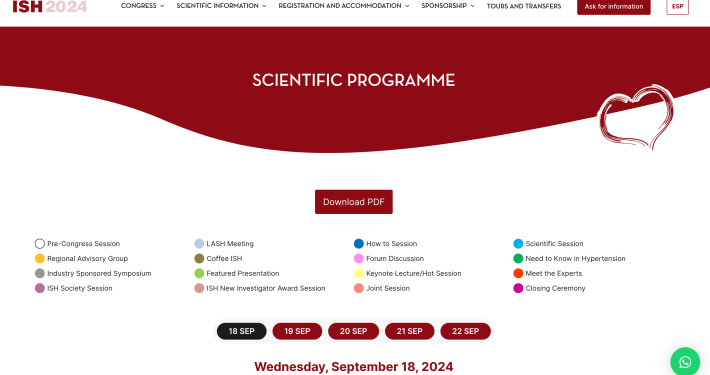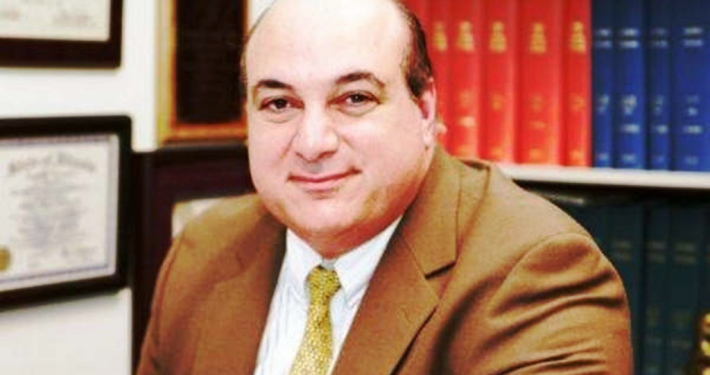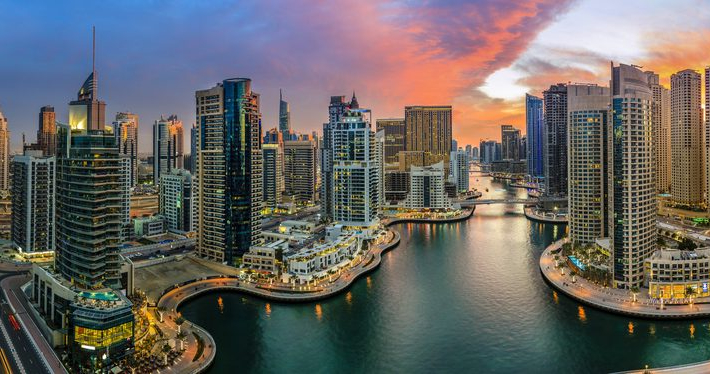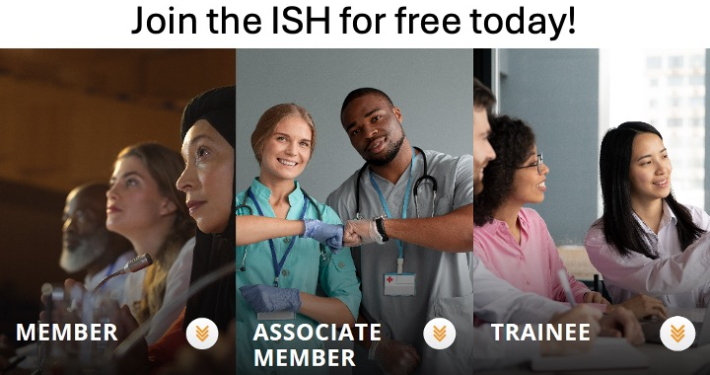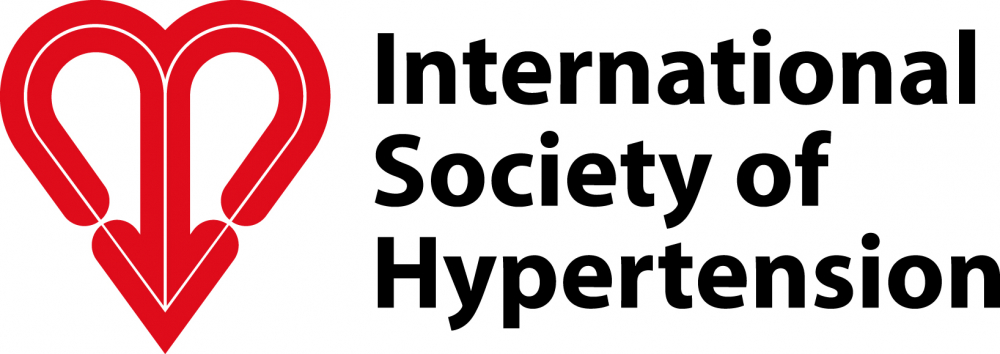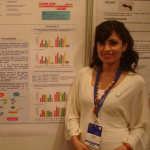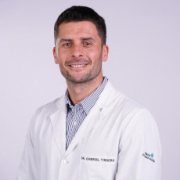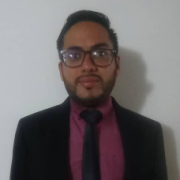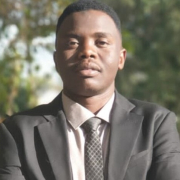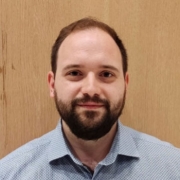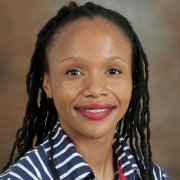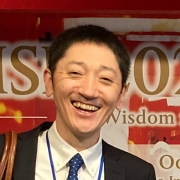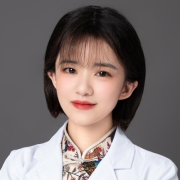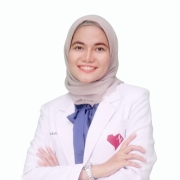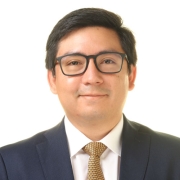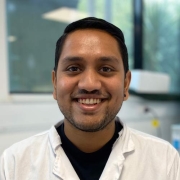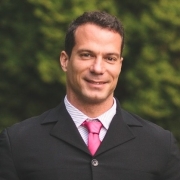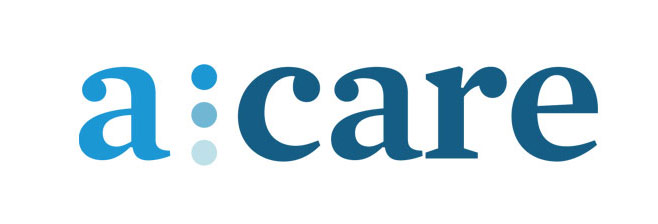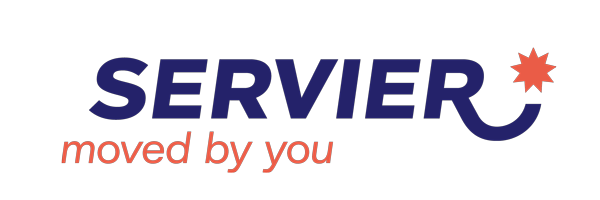How did you become interested in research relating to Hypertension?
During my undergraduate studies, Dr. Maria de los Angeles Costa (Professor at Department of Physiology) invited me to participate in the research project “Mechanisms involved in the interaction between atrial natriuretic peptide and nitric oxide system in the development and / or maintenance of hypertension”. This study led me to the world of hypertension research. In 2010, I obtained my Pharmacist degree at Universidad de Buenos Aires, and I decided to look for further training in hypertension research as a PhD student.
I am currently working in the Cardiovascular Physiology Lab at the Institute of Chemistry and Drug Metabolism (IQUIMEFA, CONICET-UBA) as a researcher and, also as a teacher for the Department of Physiology at Facultad de Farmacia y Bioquímica, UBA.
Describe your research & the program/lab (info of your supervisor) that you are in?
In 2015, I obtained my PhD degree under the supervision of Prof. Cristina Arranz (Dean of the Faculty of Pharmacy and Biochemistry, UBA). I have been fortunate to conduct my doctoral and postdoctoral studies under her supervision. Her guidance and advice are essential to my development as a young scientist.
Our research projects are mainly focused on the epigenetic mechanisms involved in hypertension and cardiovascular and renal diseases. We are currently doing studies on both humans and animal models. Furthermore, my area of research is currently focused on how micronutrient deficiency during fetal life, programs the development of hypertension and the susceptibility to develop metabolic syndrome during adult life.
What do you consider to be your substantial scientific contribution so far (provide Pubmed PMID if possible)?
Our group has contributed to the understanding of the role on nitric oxide system in the cardiovascular and renal protection, and antihypertensive effect of natriuretic peptides. Particularly, my research study entitled “C-type natriuretic peptide (CNP) effects on cardiovascular nitric oxide system in spontaneously hypertensive rats” (PMID: 20363270) demonstrated the signaling cascade that mediates the activation of nitric oxide synthase in genetic hypertension. Thanks to this work, I published in 2016 a research demonstrating the differences in endothelium-dependent and -independent mechanisms of CNP involved in normotension and hypertension (PMID: 27936197), and I received many prestigious awards from the Argentine Society of Cardiology (SAC).
What is your favourite manuscript from a lab other than your own (provide Pubmed PMID if possible)?
There are many remarkable manuscripts in cardiovascular research. One of my favourite manuscript is from Dr. Barbara T Alexander. Her review entitled “Fetal Programming and Cardiovascular Pathology” (PMID: 25880521) shows how adverse influences during fetal life and early development, program an increased risk for cardiovascular diseases, including hypertension.
What facilities are essential for your research?
Given that we study blood pressure regulation in animal models and humans, it is essential for us the use of accurate and precise instrumentation for blood pressure measurements and other physiological parameters. Also, the successful of the research lies on the team of researchers.
Where do your research strengths lie? Why? What are your research weaknesses? How will you improve?
My research strengths lie in my ability to think critically and to collaborate effectively with my team. I am persistent, committed, and I love what I do. My weakness lies in the study of metabolomics, especially in the animal model of micronutrient deficiency with which I currently work.
I am currently improving my knowledge further on metabolomics related to hypertension development, and I hope to go for courses and work with other researchers.
Describe your unforgettable (proudest) moment in science, and the most challenging situation that you have had to overcome (lessons learnt) so far?
My unforgettable moment in science to date was winning a grant from the Argentine Society of Hypertension (SAHA) to travel and work in the Laboratory of Research in Endothelial Cells (LInCE) in Valencia, Spain in 2013.
Interestingly, that experience was also the most challenging situation, since I had to perform many experiments using techniques in cell culture that were new to me in that moment. Then, I learned that these challenges are what allow us to grow in our research.
At which conference did you first present? How was your experience?
My first conference was the Annual Meeting of the Argentine Council of Arterial Hypertension (CAHTA-SAC) in 2006. It was my first oral presentation, and I was nervous, presenting in front of many pioneers in the field of hypertension, but the positive feedback helped me to advance my research.
Ten years later, I became the Technical Secretary of the Council and I strongly promote the participation of other young researchers.
What upcoming conferences will you be attending, and what is the furthest distance that you have traveled for a conference?
I am attending II Annual Meeting of Artery LATAM in July where I will present part of our research work.
The furthest distance I have traveled for a conference was from Buenos Aires, Argentina, to Paris, France, for the 26th European Meeting on Hypertension and Cardiovascular Protection.
How did you learn about ISH/NIN and its activities?
I learned about ISH/NIN and its activities since I was a PhD student. I heard about this Society from my mentor, Dr. Arranz. Also, I was honoured to receive the best poster presentation at the Argentinian Congress of Hypertension (SAHA-ISH) in 2016.
What area(s) do you wish to specialize in the future?
I would like to specialize in the study of metabolome profile to increase the understanding of how nutrition influences metabolism and homeostatic control of blood pressure.
Who is your role model in Science? Why?
My main role model in science is my mentor Prof. Cristina Arranz. She is an example of woman in science and makes significant contributions to her field of research.
What are your scientific goals? Advise for talented emerging scientists?
My main scientific goal is to become an independent scientist in the field of cardiovascular diseases and hypertension. To make this possible, I am focused on publishing good quality articles, obtaining grants for financial independence, and establishing strong networks with other researchers.
My advice for talented emerging scientists is do it with passion and never give up!

